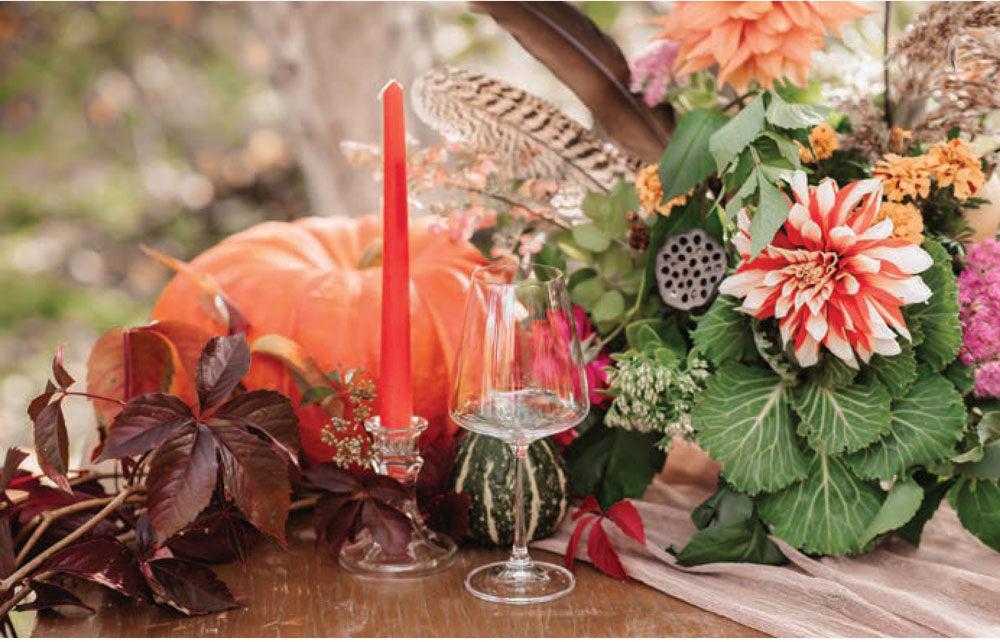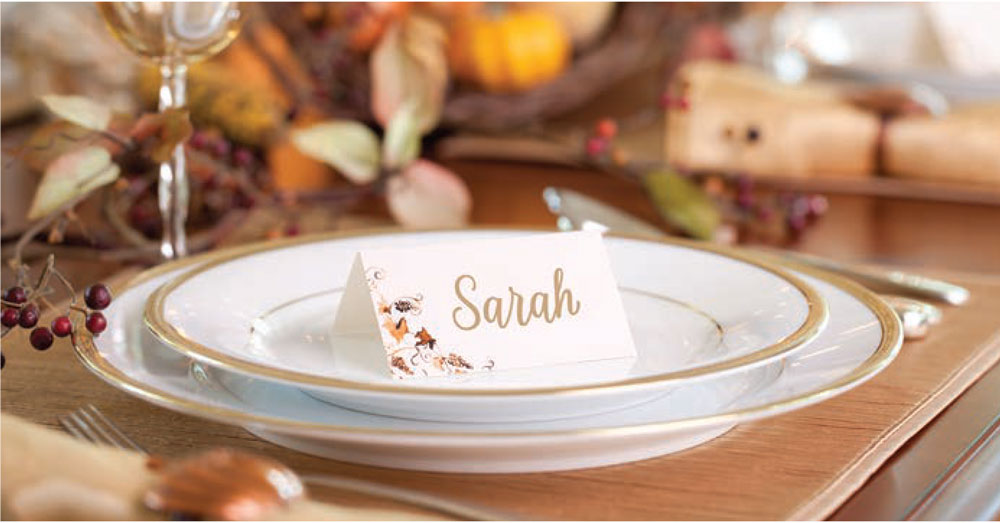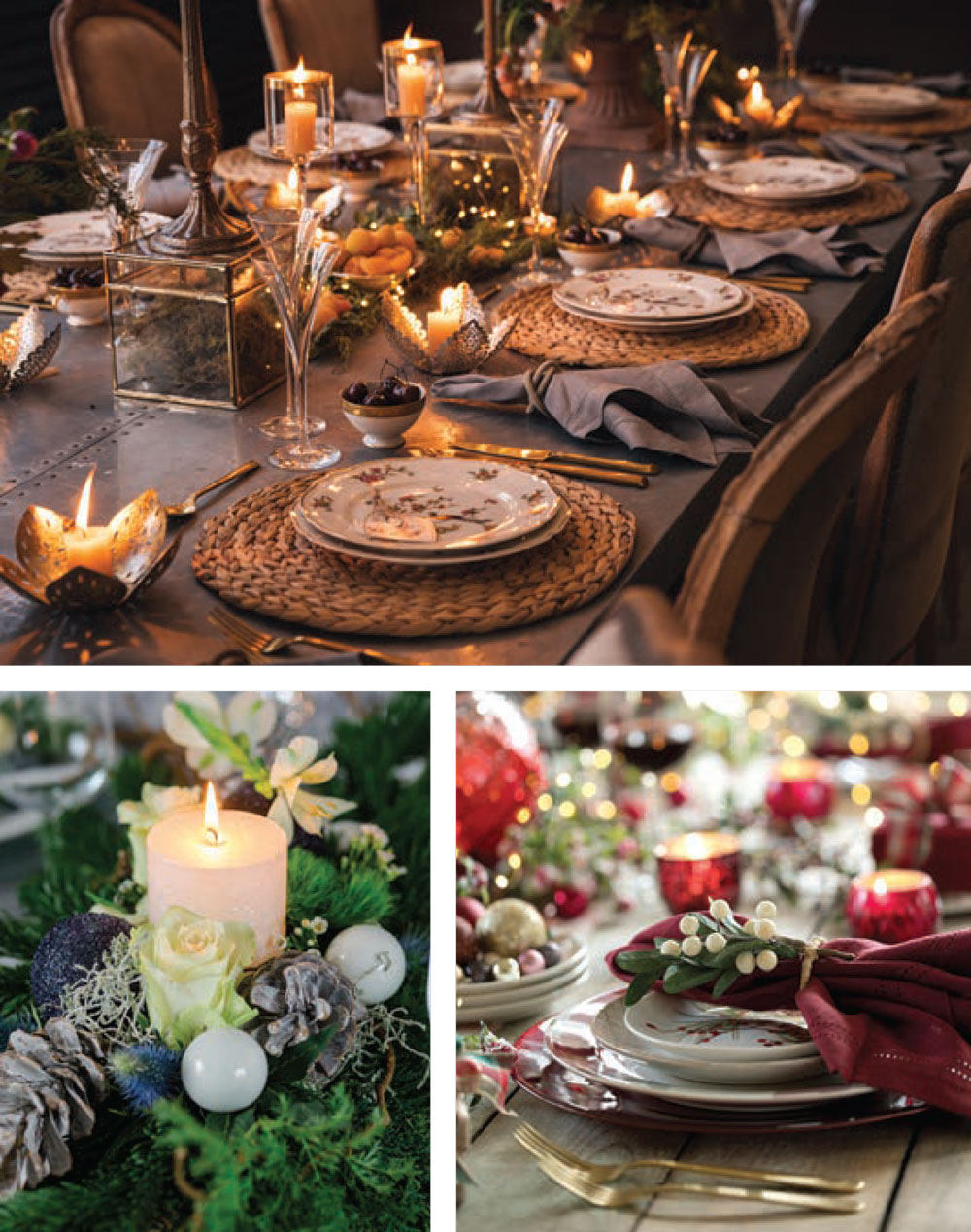SETTING THE PERFECT TABLE
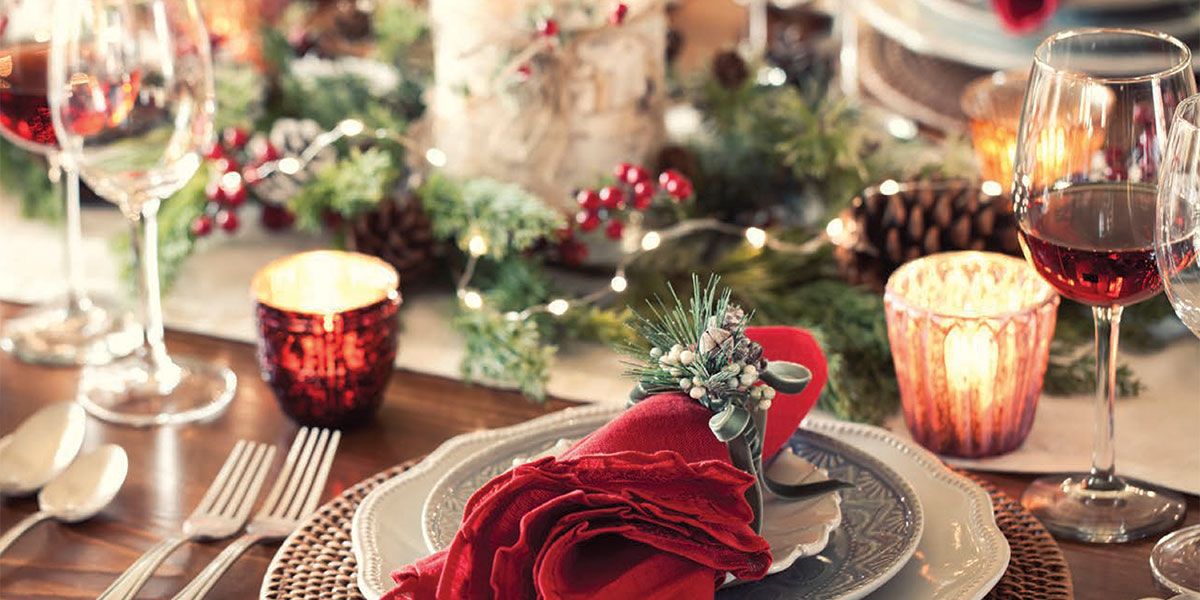
Setting the table for a party can set the tone for the entire event. Whether hosting an intimate dinner with close friends, a festive family gathering or something in between, arranging your table enhances the experience and makes your guests feel special.
Choose a theme or color scheme
The first step in setting a party table is to unleash your creativity by choosing a theme or a color scheme. This decision guides your choices in table coverings, napkins, centerpieces and place settings. For a sophisticated dinner party, opt for a monochromatic color palette, such as white and gold. For a casual gathering, bright colors and patterns may feel more appropriate. Your theme can be seasonal (fall harvest or cozy winter), holiday-specific (traditional Christmas or glitzy New Year’s Eve), or something more personal, like a favorite hobby of the guest of honor.
Stick with a theme once you’ve settled on it to create a cohesive look. For example, a traditional holly green and cranberry red “Dickens Christmas” and a technicolor, whimsical “Whoville Christmas” evoke two totally different (and conflicting) vibes. Don’t try to mix them.
Arrange the place settings
The place setting is where functionality meets style. A formal place setting, like the ones you see in the grandest dining rooms, includes a dinner plate, salad plate, soup bowl, utensils, glassware and a napkin. Some may even add a charger plate, bread plate, multiple utensils to complement each course, and specific wine, water and champagne glassware. In the opening montage of every episode of Downton Abbey, white-gloved footmen precisely measure and place sparkling crystal goblets and lustrous silver flatware on Lord and Lady Grantham’s dining table. Without a Carson and Mrs. Hughes harrumphing about in the scullery, you don’t have to be so fussy. Here’s a guide to arranging the basics:
- Plates: The dinner plate goes in the center, with the salad plate on top if you’re serving salad. The soup bowl can go on top of the salad plate if you are serving soup.
- Utensils: Place forks to the left of the plate and knives and spoons to the right. Utensils are placed in the order they will be used, starting from the outside. The salad fork goes to the left of the dinner fork because the salad course will presumably be served before the entrée. Please place knives with the cutting blade facing the dinner plate.
- Glassware: Set glasses above the knives. The water glass should be placed directly above the dinner knife, with the wine glass to its right.
- Napkins: In a casual tablescape, napkins can be placed on the dinner plate or underneath the forks. They should be put to the left of the forks in a more formal setting.
Create a focal point
Centerpieces are the focal point of the table. They should reflect the theme and add to the ambiance without overwhelming the space or obstructing guests’ views. Fresh flowers and greenery are a classic choice and can be arranged in vases, jars or even directly on the table. Be mindful about choosing flowers that are not overly fragrant, lest their scents compete with or overpower that of the food.
Natural elements such as clove-studded orange pomander balls, vegetables and herbs can be incorporated into the centerpiece and complement the food, as their aromatic qualities mingle with the flavorings used during the food preparation. (See our guide on how to make orange pomander balls below.) Candles add a warm, inviting glow and can be used in addition to or instead of flowers. Whatever you choose for your centerpiece, just be sure it is low enough to allow for easy conversation across the table.
HOW TO MAKE AN ORANGE POMANDER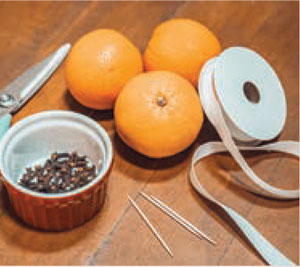
Materials needed:
- Orange
- Cloves
- Ribbon
- Toothpick
- Scissors
- Criss-cross a ribbon around the orange, and tie it in a bow.
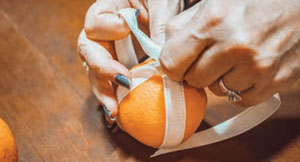
- Use a toothpick to make holes in your orange.
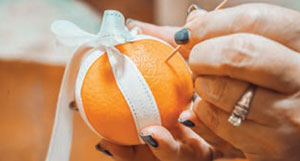
- Push a clove into each hole, and continue this process until the whole orange is covered. (Or make lines or shapes.)
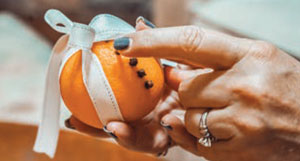
- Use as part of a centerpiece or hang for festive fragrance around the house.
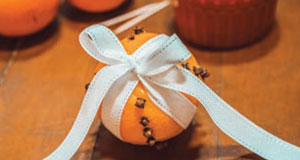
Note: An orange pomander will only stay fresh for 2-3 days. To extend freshness, you can refrigerate pomanders at night. You can also store them in a paper bag in the fridge for a week or two.
Source: natgeokids.com
Photos: James River Media
Personalize with place cards
Place cards are not just a practical tool for seating arrangements; they are a thoughtful touch that makes guests feel special. In my family, the school-aged children always made place cards for our family dinners. It was the perfect activity to get the kids engaged in helping prepare for the occasion without being underfoot in the kitchen. Years later, these crayon-scrawled place cards are a fun reminder of years gone by. You can, of course, purchase them pre-made or print your own if you prefer. Party favors can be placed at each setting as a thank-you gift for guests. This can be something small and simple like a tiny jar of homemade jam, a miniature potted plant or a fun novelty like a Christmas Cracker. These favors double as table décor and add that extra layer of charm to your tablescape.
Pay attention to details
Have a plan for managing all the decorative accents and service items once the table becomes laden with people, food and beverages. Where should the salt and pepper shakers go? Where should guests put their napkin rings after unfurling their napkins onto their laps? How many gravy boats and butter dishes will this crowd use? Think these details through in advance so they don’t cause confusion during the meal. Consider setting your table the day before the big meal so you have time to dwell upon these details and make adjustments and additions before the guests arrive.
Set the mood
Flattering lighting is crucial for creating the right ambiance at your dining table. Candles are a timeless choice that can be used in addition to the room’s overhead lighting, but probably not instead of it.
Setting the table for a party is about more than putting out plates and forks — it’s about creating an experience. Thoughtfully arranging your table shows your guests that you care about their comfort and enjoyment. Whether you’re hosting a grand holiday feast or a simple weeknight dinner, setting a beautiful table makes your event more memorable. Remember: the most important element at your table is the care and thought you put into making your guests feel welcomed and appreciated. ✦
(See our article here to learn how to make the most of your table linens.)
centerpieces, Focal Point, napkins, party table, place cards, place settings, table coverings

